
Court halts tailings increase as First Nation challenges B.C.’s decision to greenlight it
Court sides with Xatśūll First Nation, temporarily halting Mount Polley mine waste expansion
It may come as a surprise that the Alberta government is quietly working to limit the power of companies burning natural gas to create electricity.
The provincial government has been fighting a vocal and well-publicized battle against net-zero electricity targets and pushing against a surge in renewable energy projects that will help it there. Case in point: the government paid for billboards to be mounted on trucks driving around Ottawa with warnings of freezing in the dark. Then, in August, the province slammed the brakes on new renewable energy developments for seven months before imposing strict new rules on wind and solar projects.
The government is now focused on affordability, touting new rules on electricity rates for consumers that may — or may not — impact prices for those most desperate for some relief.
But behind all that renewables bluster and price politicking, the staunchly pro-fossil fuel and pro-market government is doing something many wouldn’t expect: intervening in Alberta’s deregulated electricity market to rein in the power of the five largest natural gas power generators.
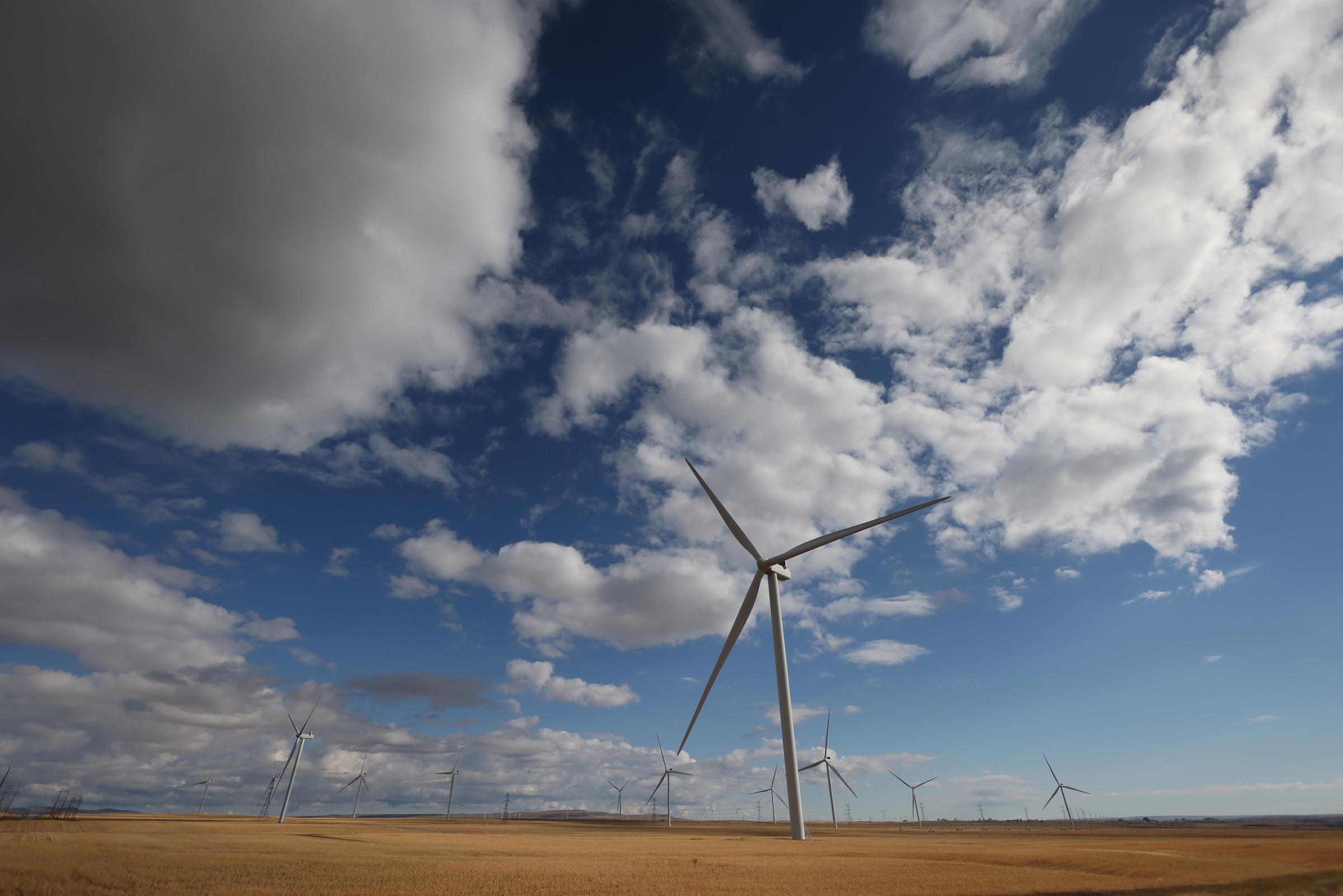
Those five large companies, as well as some smaller counterparts, use natural gas to generate electricity at power plants — a business that has boomed since the province announced plans to phase out coal-fired electricity in 2015. In 2022, nearly two-thirds of electricity produced in Alberta came from burning natural gas.
In August 2023, the government tasked the Alberta Electric System Operator, which oversees operation of Alberta’s grid, to first draft a detailed report on what a restructured market could look like and now has it working toward talking to industry and implementing the changes.
But the first step is bringing in two new interim regulations by this summer, designed to prevent large natural gas generators from driving up prices (more on how that happens later).
Both regulations are meant to stabilize the market as the government and related agencies work to restructure it over the next three years.
The move came as the province faces a complex mix of market forces, politics, thirst for larger profits and an electricity system undergoing tremendous change.
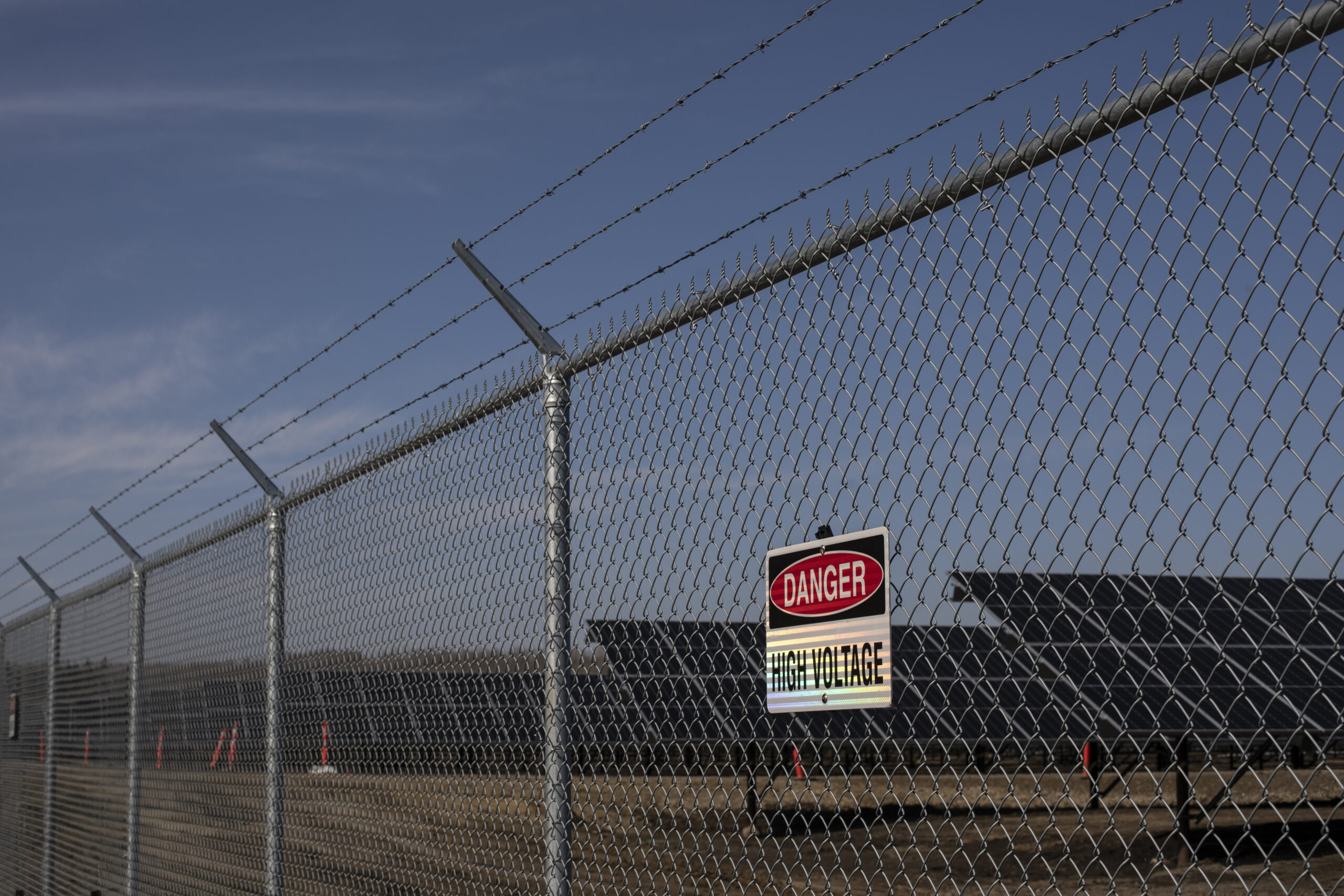
It’s the most significant intervention into Alberta’s mostly free electricity market since the previous NDP government incentivized cleaner power by offering contracts with guaranteed returns for projects through its renewable electricity program, and in some ways the new reforms are a response to the dizzying success of that program.
It’s a fine balancing act, but one the government and related agencies see as critical after grid alerts blasted over Albertans’ cell phones this past winter and spring and months of high bills leave consumers stretched.
Beyond government intention, it also raises the question of whether Alberta can, or wants to, maintain a free market in electricity during a climate crisis.
Here’s everything you need to know about the government’s plans to rein in big natural gas producers.
First, a little primer on how the grid actually works when it comes to who sells power and for how much.
All of the generators in Alberta — renewable or natural gas — compete to sell their electricity every hour. Each submits the price it’s willing to sell at to the Alberta Electric System Operator.
The operator buys from the generators with the best prices, as long as they’re also producing enough to cover the forecasted energy needs of the province.
If a generator’s power is too expensive, it has to wait until the next round of bidding. There’s more to it than this, but this is the basic foundation.
There are two regulations that will be in place by July 1, both named in the electricity bureaucratese common in this industry: the market power mitigation regulation and the supply cushion regulation.
The first introduces a new price cap on natural gas generators who have five per cent or more market share, once they have reached a certain level of revenue. Essentially, once they make enough profit in any given month, the price for which they try to sell their power to the market will be limited for the rest of that month.
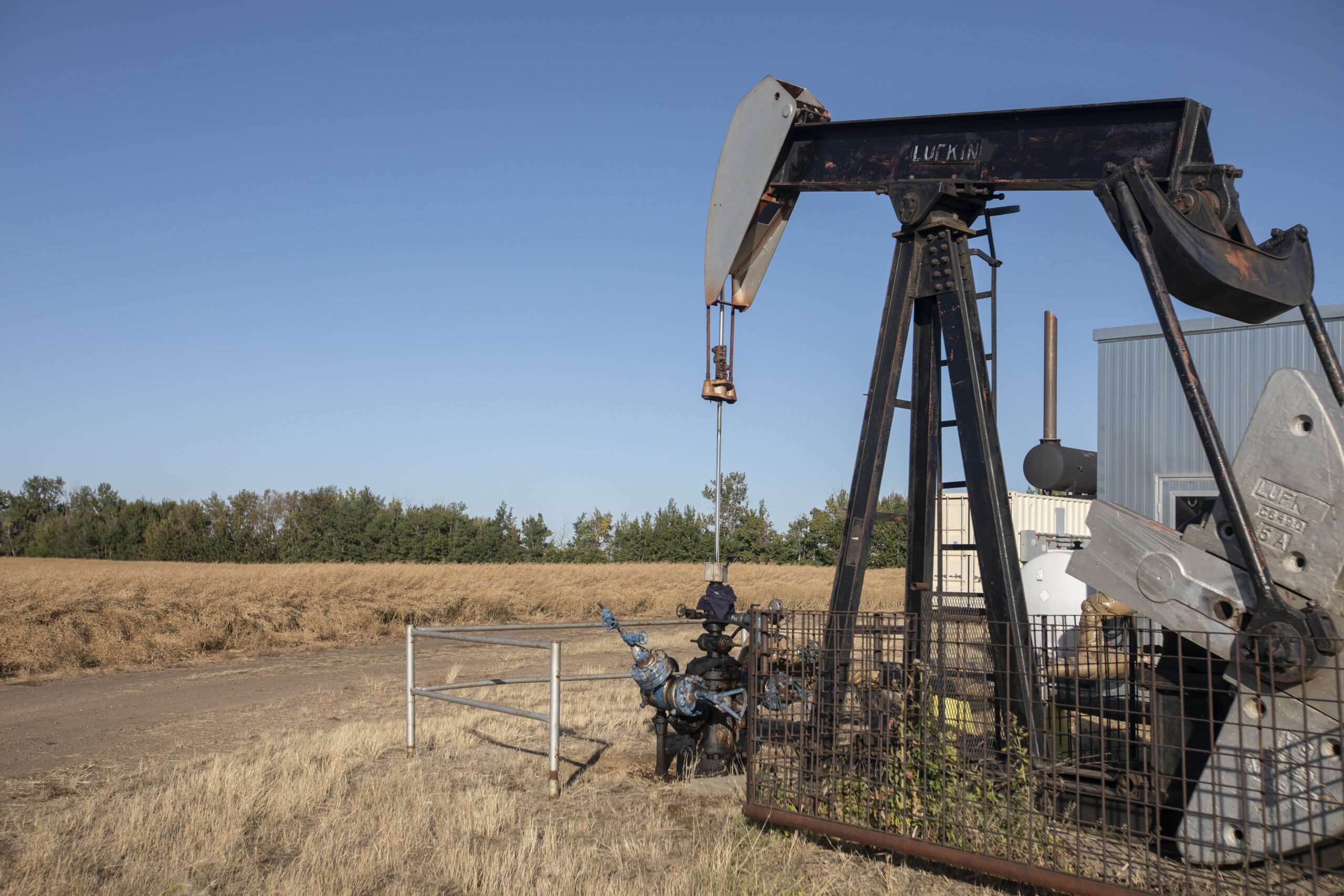
The second introduces new authority to compel those same generators to keep some facilities on standby if it looks like there could be shortages. There will be payments made to those companies for the costs of doing so.
Both are designed to curb the ability of the big generators from using their share of the market to intentionally drive up costs — something that is legal in the current system.
The Market Surveillance Administrator, an independent agency that acts as a sort of police for the electricity market in Alberta, produced its own report on a revamped system for the province and summed the situation up in electricity jargon.
“While the existing market framework functioned well, changes in the generation fleet have led to significant and widespread challenges,” it wrote.
“With a much higher proportion of intermittent renewable generation, pool price variability has increased substantially. In periods where intermittent renewable generation is unavailable, sustained periods of high prices have been observed, leading to higher average prices.”
To translate: the grid has changed a bunch and that has impacted how energy is fed into the system. One result is big players have flexed their market muscle and prices have gone up.
It works like this: all generators submit prices for the electricity they want to sell and the system operator picks who can sell into the market, from lowest to highest until demand is met. The highest price (the last selected) sets the price for electricity for that hour. So big producers can offer some bids at really high prices to drive the price up. Even if the highest bids aren’t picked, they could still sell electricity from another one of their plants at higher prices as a result of their practices.
When renewable energy is available — say, when it’s sunny and/or windy — the price for electricity on the open market faces downward pressure. Renewables are remarkably cheap — they don’t require burning any input fuel — which means natural gas producers often can’t compete.
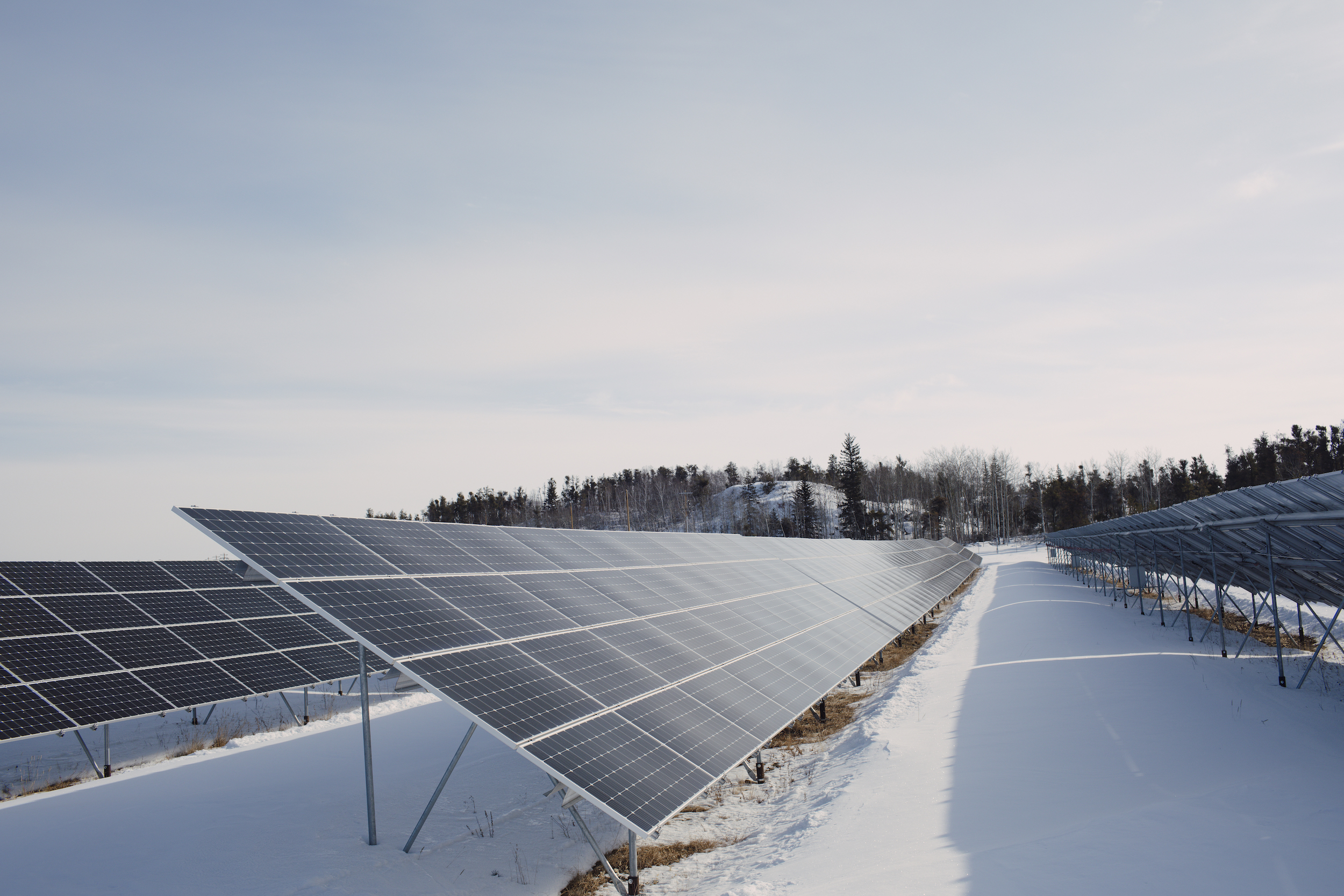
But natural gas generators still want to make money. So they’ll often do one of two things. The grid still needs more electricity than what lower-priced renewables can provide, so the natural gas generators will offer electricity at higher prices to drive up the overall price in the market. Or, they’ll shut down plants to make power more scarce and drive up the price that way. When the sun isn’t shining and the wind isn’t blowing, those big generators offer higher prices as well, ostensibly to recoup their costs, but in reality, earning big returns.
It all means there’s a lot of chaos on a system that used to count on stability, which has led to alerts and prolonged price pain for consumers.
It’s the kind of stuff that gets politicians’ attention.
The Alberta Electric System Operator held a session with stakeholders — from academics to renewable companies to big gas generators — on April 18 to discuss the two interim regulations.
The operator made it clear it was following the government’s direction. Also that the changes were introduced because of the behaviour of some big players in the market, saying if that behaviour isn’t curbed, there could be more government policies to deal with.
“We think these interim measures add incremental boundaries on the exercising of market power … and really creates the space for us to design that new framework without risk of additional political intervention due to price concerns,” Nicole LeBlanc, vice-president of markets for the operator, said at the briefing.
To translate: these rules should be enough to keep the government away from the market for a while.
Withholding power, either with high prices or removing generation from the market, “is not going to be sustainable for the long run — both for investors, as well for politicians,” she said.
Alberta, in some ways, is a victim of its own success. In others, it is a victim to its fossil fuel wealth and resistance to change.
When the previous New Democratic government introduced contracts to spur renewable energy growth, the program exceeded expectations. The offers were wildly popular and competition drove the price for renewables down significantly.
By 2019, the newly elected United Conservative Party government under Jason Kenney killed that program, but brought in a corporate equivalent. Now, private companies can contract with renewable developers for what’s known as power purchase agreements to either buy and use all the power a project produces, or pay to acquire the carbon credits produced by all that clean electricity that can be used to offset their own emissions, at least on paper.
Amazon, for one, has backed four renewable projects in Alberta, including the largest solar installation in Canada, which helps power its operations in the province.
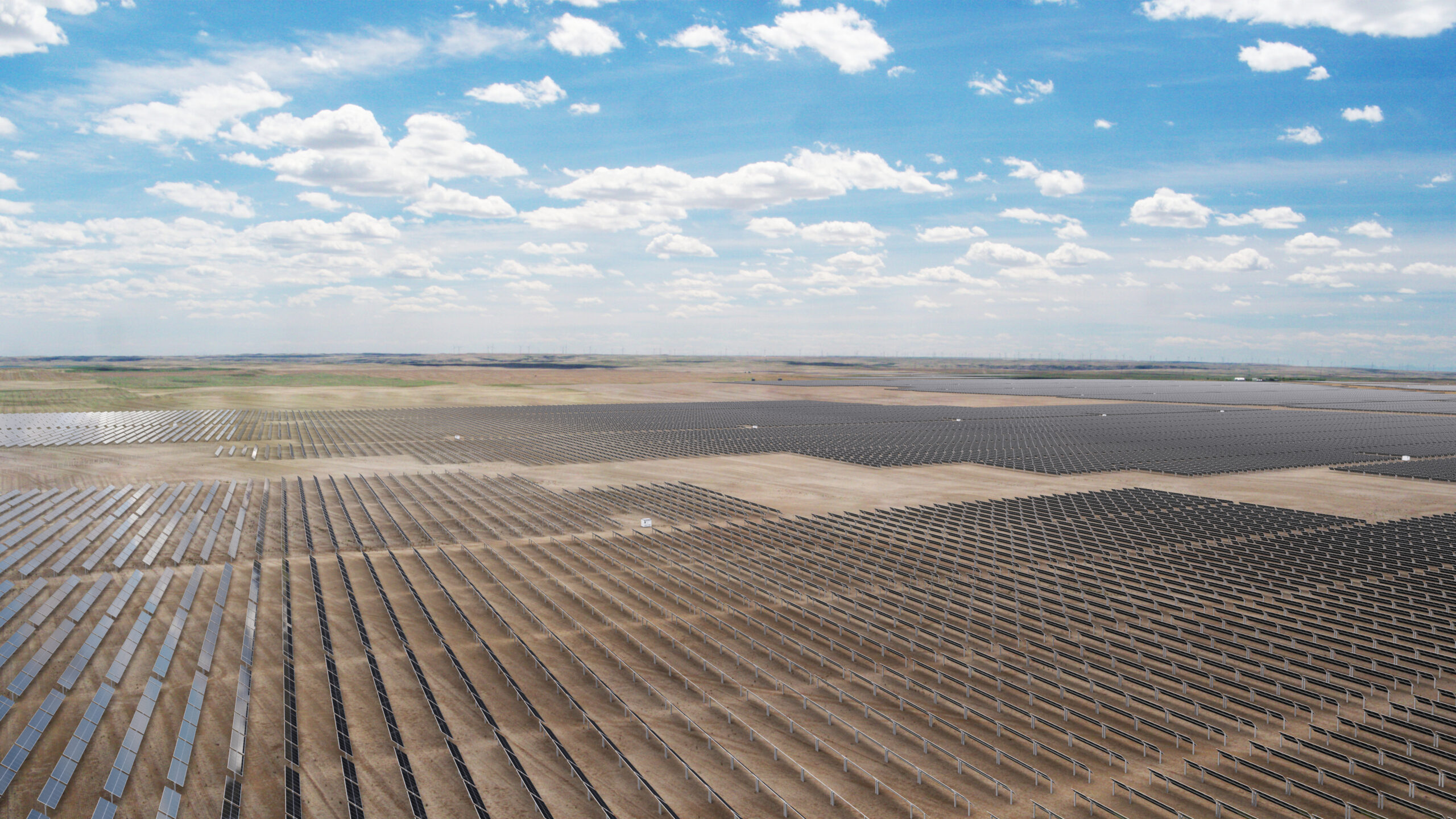
It all but eliminated risk for the renewable developers and projects surged as a result, quickly racing towards the goal of having 30 per cent of all generation capacity from clean sources, but years ahead of the original 2030 target date.
But that rapid growth has also brought challenges. The grid — that once relied on a smaller set of big non-renewable generators producing steady power at all times — now has many more actors springing up and connecting to the grid with power that ebbs and flows.
Not only that, but the renewables producers that have those long-term corporate power purchase agreements are essentially operating outside the market. They don’t require high prices to cover their costs because the returns are already inked into contracts.
But the other central issue is the consolidation that has occurred in natural gas generation, leaving five companies with considerable influence due to their market share.
In 2023, TransAlta, Capital Power, Heartland Generation, Suncor and Enmax controlled approximately 60 per cent of the electricity offered in the market. TransAlta alone, which also has renewable assets, controlled 17 per cent.
The big generators have taken the power afforded to them and have run with it, further eroding stability and driving up prices.
The volatility in supply and prices will continue without other interventions — including sufficient investment in energy storage and increased connections between Alberta and its neighbours — including in the U.S. — to add more stability to renewable power. The latter will also allow for greater imports and exports, which can affect prices.
Electricity has always been political, but it’s increasingly so in the era of climate change and energy transition. That’s even more true in a place like Alberta where oil and gas is a critical economic driver and sold as a part of the provincial identity.
It’s why, when a grid alert sounded this winter in an extreme cold snap, the premier was quick to point to renewable energy as the culprit, even when the cause was more nuanced and had just as much to do with natural gas plants being offline or unprepared.
The lack of nuance is further exacerbated by instinctive pushback against the federal government and its climate policies. In a place that opposes Ottawa as a matter of course, this prevents a robust conversation about the challenges Alberta faces in meeting proposed net-zero electricity targets pitched by the federal Liberals.
That political narrative is why it’s instructive to look at the new regulations and the looming restructured energy market. Those moves show the government knows it has a problem that extends beyond renewables when it comes to reliability — and certainly when it comes to prices for consumers.
The challenges facing Alberta’s grid point to the need for a more robust conversation about a number of factors. How the energy market is changing and how the grid will need to transform as renewables continue to be developed. How the transmission system struggles to keep up. And how the system operator attempts to co-ordinate an increasingly complex web of supply and increased demand.
It’s unclear, however, whether the government is willing to take a hard look at the investments needed to transform the grid for a net-zero future.
Premier Danielle Smith has gone so far as to muse that the province will build its own natural gas generation if private industry isn’t willing to do so, given the uncertain future — and investment climate — for fossil fuels.
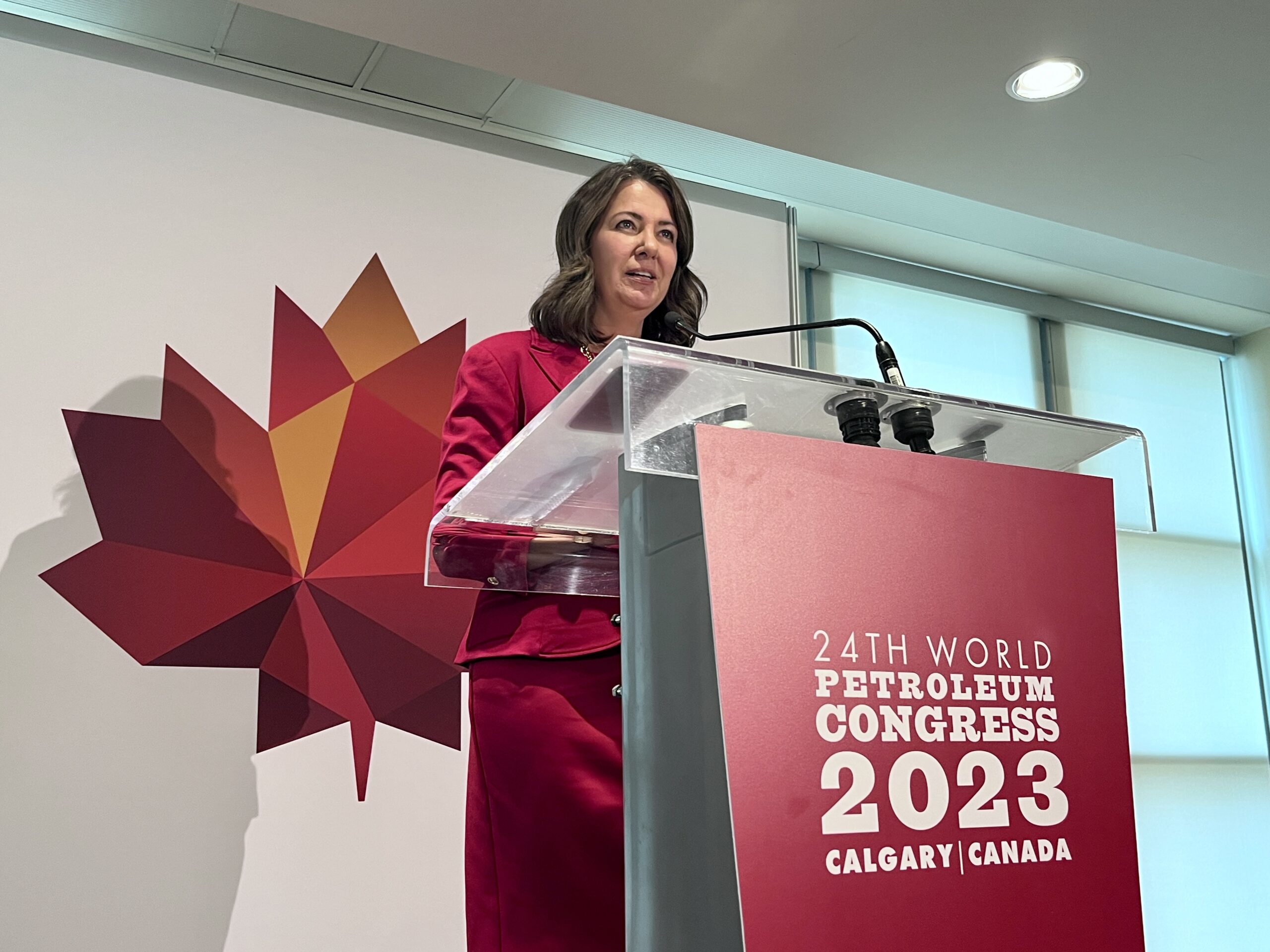
She has also come out in favour of small modular reactors, hydrogen, direct air capture and carbon capture and storage that would require significant government funding to test, scale up and incentivize.
In other words, the government has proven it is willing and able to intervene in Alberta’s deregulated market in order to achieve benchmarks on adequate supply, and to try and bring down prices for consumers.
What it has not shown is its willingness and ability to intervene to transition to proven (though challenging) technologies that already exist at scale to help mitigate the worst of the climate crisis.
That cost, perhaps, is too far down the road and doesn’t present such a clear and present political danger — but the price of inaction is steep.
Get the inside scoop on The Narwhal’s environment and climate reporting by signing up for our free newsletter. On a warm September evening nearly 15...
Continue reading
Court sides with Xatśūll First Nation, temporarily halting Mount Polley mine waste expansion

Break out the champagne: Emma’s storied life and leadership in journalism has earned her the...

How can we limit damage from disasters like the 2024 Toronto floods? In this explainer...
